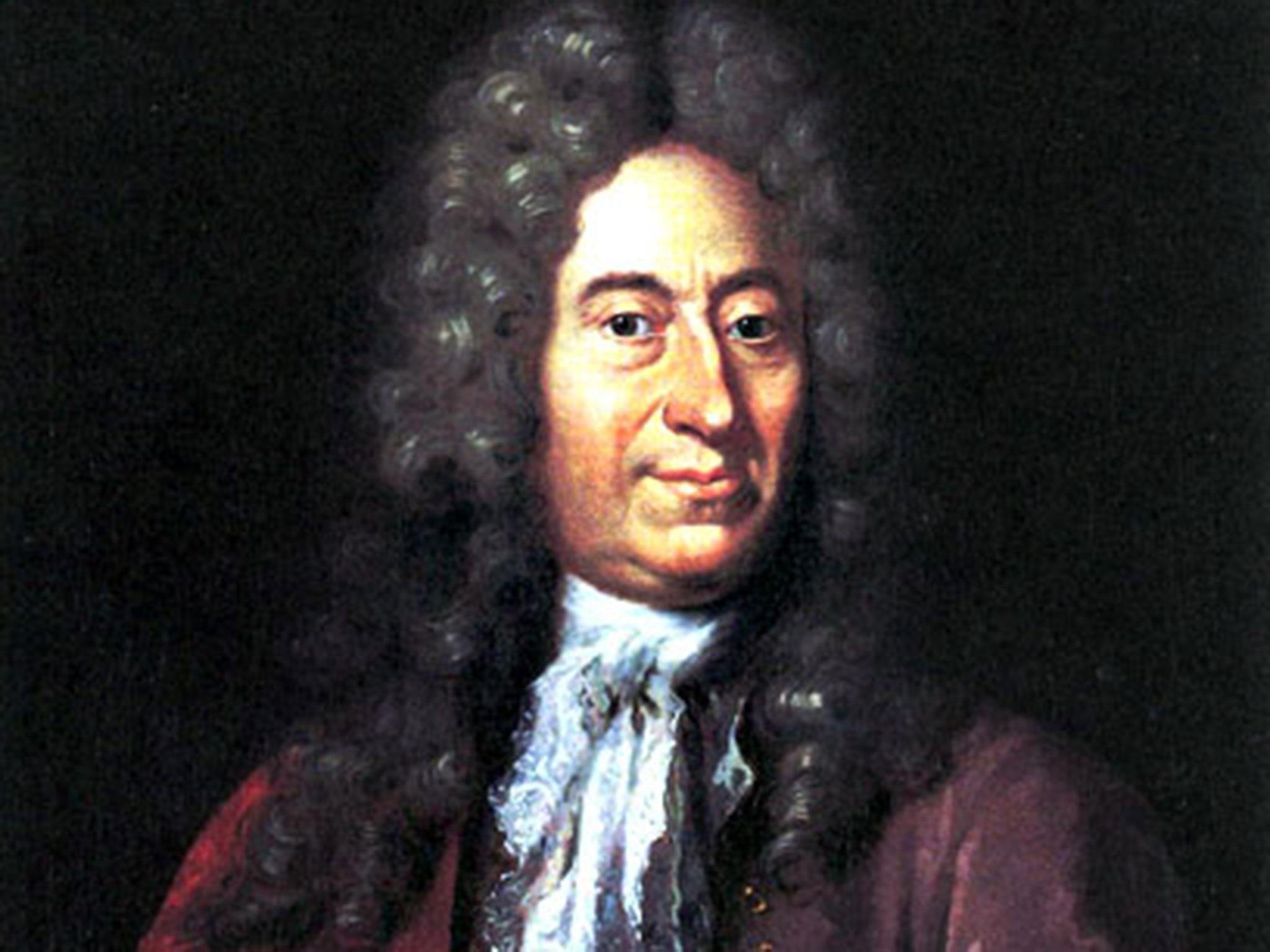Determination of the speed of light: Who is Ole Roemer and how did he make his discovery?


The 340th anniversary of Ole Roemer's experiment to demonstrate the speed of light has been celebrated in a Google doodle. But who is the astronomer and how did he make this significant discovery?
Who is he?
Ole Roemer was a Danish astronomer who calculated the speed of light. He was born in Denmark in 1644, studied in Copenhagen and was mentored by Rasmus Bartholin who discovered the double refraction of a light ray, and later worked for French government and Louis XIV as the tutor of the Dauphin. He became a professor of astronomy at the University of Copenhagen and in later life had an instrumental role in policing the city as well as creating a system of measurements. But he is deservedly most famous for determinig the speed of light, which is one of the most imortant discoveries in the history of science.
How did he make his discovery?
According to the American Museum of Natural History, Roemer was not trying to determine the speed of light when he discovered it. Roemer had instead been conducting his own work at the Paris Observatory into how to better measure the orbital period of Io, one of Jupiter’s four big moons, around its planet. He studied the orbit of Io in relation to Saturn's orbit of the sun over a number of years, marking the time that the moon became eclipsed by Jupiter when observed from the Earth.
He noticed that when Earth's own orbit of the sun brought it closer to Jupiter, the time between Io's eclipses of Jupiter became shorter, instead of occuring at a predicted moment based on the time it took for the moon to orbit the planet. Equally, when the Earth moved further away from Jupiter, the time between Io's eclipses of the planet became longer. This time difference was measured at around eleven minutes.

Roemer realised there could not be a difference in the length of time it took for Io to orbit Jupiter and that the difference in time recorded between the eclipses must be due to the speed of light. He was then able to roughly calculate how long it took for light to travel across Earth's orbit, which he worked out was around 22 minutes, and determined the speed of light by dividing the diameter of the Earth's orbit by the time difference. Roemer's calculations were later refined, with modern measurements calculating the time it takes for light to cross Earth's orbit at around 17 minutes.
What else did he do?
Roemer achieved more than just determining the speed of light. He developed a temperature scale that divided the measurements between freezing water and boiling water into 60 degrees. He invented the mercury thermometer and in 1708 Daniel Gabriel Fahrenheit visited Roemer to see how he constructed his thermometers before creating his own and the Fahrenheit scale.
In Denmark, Roemer introduced the first national system of weights and measures, managed to persuade the King to introduce the Gregorian calendar and invented the first street lamps in in Copenhagen.
That’s quite an achievement – anything else?
In later life Roemer was appointed the second Chief of the Copenhagen Police and was instrumental in controlling the poor, beggars, the unemployed and prostitutes in the city, in addition to sorting out the water supply and sewers. He planned new pavements for the streets, worked to obtain new equipment for the fire department and planned new pavements. One of his first acts upon being appointed to the position was to fire the entire police force because he believed morale was alarmingly low.
Join our commenting forum
Join thought-provoking conversations, follow other Independent readers and see their replies
Comments